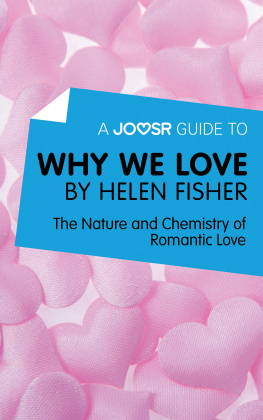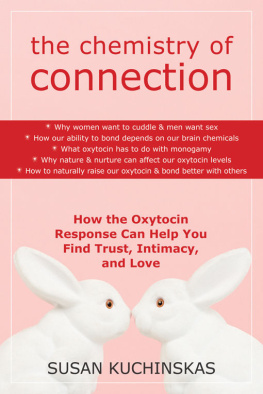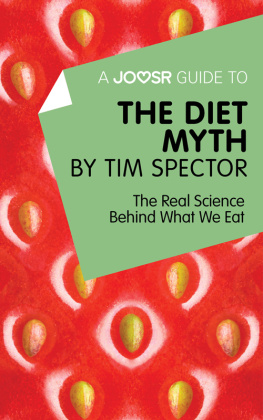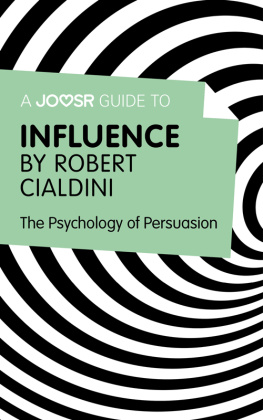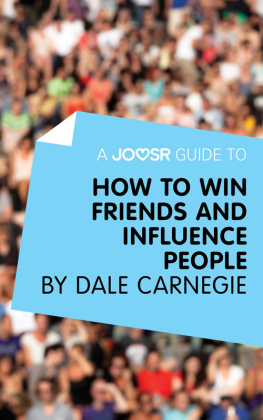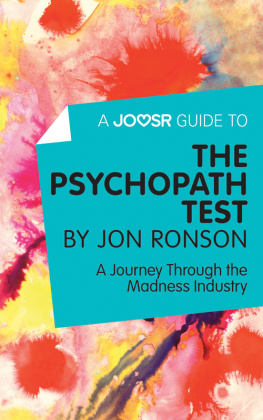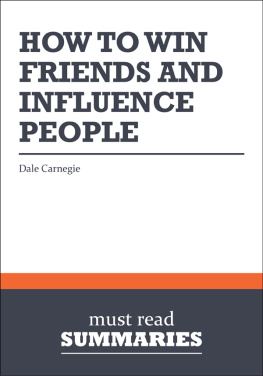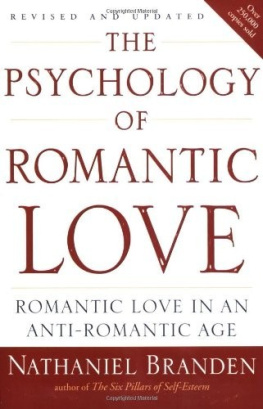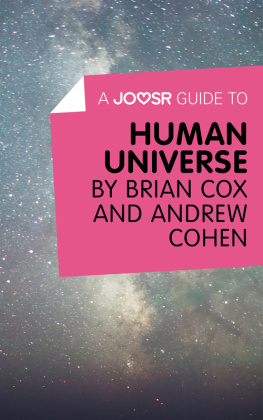WHY WE LOVE
BY HELEN FISHER
The Nature and Chemistry of Romantic Love

Whats it about?
Love has started wars and taken lives; its also inspired peace and evoked the finest works of art. It is seemingly the most powerful, pervasive emotion that human beings are capable of. But what is love? How do we choose who we fall in love with? And why do we sometimes continue to love those who dont love us in return?
In Why We Love, the answers to these age-old questions are explored as author Helen Fisher seeks to scientifically understand the universal phenomenon that is love. Presented is Fishers theory of three core brain systems that human beings developed for mating and reproduction, which compose what we now think of as romantic love. This is a groundbreaking explanation of the evolutionary reasonings behind love, exploring why the three components of love developed, which purposes they serve, and how each of them is stimulated.
If youve ever wondered why you feel the way you do in the presence of a partner, this book will help you understand the chemical reactions in the brain that produce the sensations and behaviors associated with romantic love. You will also learn whether or not its possible to trick yourself into experiencing romantic feelings by stimulating certain areas of the brain, and precisely why having a broken heart is so agonizingly painful.
By unraveling the mysteries behind the enigma of love, you will begin to understand the drive behind this uniquely human capability, and how it shaped the survival of our species.
Three core systems have evolved in the human brain that motivate us to mate and reproduce
People around the world are all distinctively different, but love is a universal trait of the human condition. Regardless of ethnicity, culture, or gender, humans across the millennia have left us drawings, sculptures, and scriptures detailing how passionately they have loved. Even the symptoms of being head over heels in love, experienced by our predecessors, remain the same today: a quickened heart rate, bursts of tremendous energy, a sensation of elation, preoccupied thoughts, and cravings for that special someone.
The ubiquitous nature of love means it can only stem from the genetic makeup of our species; in other words, love is produced in the human brain. But the process is complex, involving three different brain systems, each motivated by a different evolutionary mating drive. These motivators are the three core components of romantic love: lust, attraction, and male-female attachment.
- Lust, the most animalistic of these key elements, refers to libido. Its purpose is to encourage humans to mate, originally with as many different partners as possible, in order to ensure procreation and the continuation of the human species.
- Attraction refers to the passionate pursuit of just one individual, the obsessive need to be near that special someone, and the sensation of complete elation that is felt while in their company. Attraction ensures an overwhelming devotion toward a single individual, excluding all others. This is what enabled our forebears to effectively pool their time and energy resources by courting, and providing for, only one mate.
- Male-female attachment is the feeling of comfort and security shared with a partner you trust. Although not as intense as lust or attraction, it is nevertheless powerful, driving us to bond for life. It is generally experienced by long-term partners and evolved as a motivator for our ancestors to remain together long enough to raise children as a team.
Lust, romantic love, and male-female attachment are what shape how we love today. Hardwired into the genes of every human being is the urge to mate, the desire to be passionately attracted to another person, and the need to find a long-term partner. All three of these mating drives have evolved over time, and each serves a specific purpose, as the demands placed on sexual partners have changed. We will expand upon this later in the summary.
The behaviors displayed by humans in love are powered by combinations of chemicals produced in the brain
The individual systems in the brain relating to each of the three core components of romantic love are affected by different hormones and chemicals, which cause them to produce specific behaviors in human beings. These chemical interactions are the driving force behind our emotions, dictating how we feel about a partner or relationship.
Lust is mainly driven by the sex hormone testosterone, which triggers sexual arousal in both genders, although evolution has created marked differences in how testosterone levels become elevated in males and females. Male testosterone levels tend to be visually stimulated. This is because our ancestors could tell from a females appearance whether she was likely to be fertile; back then, if a woman looked energetic, strong, and healthy, a male would want to mate with her. A female, however, could not tell from merely looking at a man whether he possessed the necessary qualities to support her through pregnancy and nursing an infant. Because of this, our ancestral females developed extensive memory and language abilities to track and recall which men were loyal and supportive. This is why women are more likely to experience elevated testosterone levels, and so become sexually aroused, when words or actions display affection.
Passionate attraction is linked to varied levels of the chemical dopamine, which cause addictive behaviors such as cravings and highly focused motivation to achieve goals, and norepinephrine, which triggers intense energy, sleeplessness, and enhanced memory recall. This explains a besotted individuals desperate need to be near the object of their affections, as well as their ability to memorize every detail about them. Attraction is also associated with low serotonin levels, known to cause obsessive thoughts. This mix of dopamine, norepinephrine, and low serotonin produces the intense emotions experienced by those newly in love.
The enduring bond of male-female attachment is engendered largely by oxytocin, a hormone produced in the hypothalamus that stimulates feelings of connection. Both genders enjoy elevated levels of oxytocin while being sexually stimulated, meaning that we naturally develop feelings of attachment with sexual partners. Vasopressin, another hormone, is also a key contributor to the attachment emotion, as it is proven to stimulate jealous emotions and decrease sexual promiscuity, leading to an exclusive union between two partners.
The symptoms exhibited by people in lust or in love are directly associated with varying levels of the chemicals dopamine, norepinephrine, and serotonin, as well as the hormones testosterone, oxytocin, and vasopressin. The human brain produces very specific combinations of these hormones and chemicals: this is what allows us to feel the three core mating drives individually.
Humans were forced to seek mates for life after evolving to walk on two legs
We already know that humans, like all animals, seek sexual partners to satisfy their urge to procreate. Yet we also know that people are driven to find a partner to bond with for life, even after they have had children. Few animals mate for lifeso why do humans?
Fossilized skeletons tell us that around 3.5 million years ago our distant ancestors began walking on two legs, instead of moving on all fours. From this point on, mothers had to carry their infants in their arms, rather than on their backs, meaning they could no longer forage for food or scurry up to higher ground away from attackers. Females now needed protection and provision from a male companion. This suited males, too, as attracting, protecting, and providing for only one woman was more practical than doing so for a whole group. Humans began to form longer-lasting, sexually exclusive pair bonds, copulating with only one partner at a time until the young no longer depended on the mother. And so humans developed feelings of attraction, to connect them with their partner in a bond that was longer lasting than one based just on lust.
Next page
